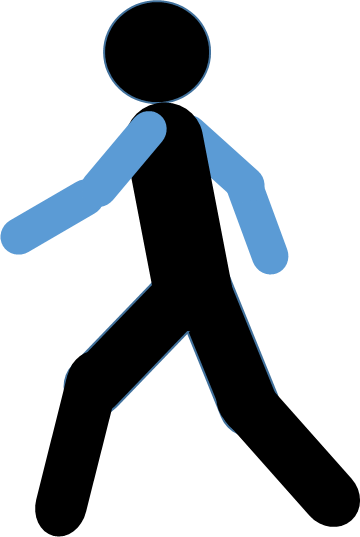Hyaluronan carried by tumor-derived microvesicles induces IL-10 production in classical (CD14++CD16-) monocytes via PI3K/Akt/mTOR-dependent signalling pathway.
Abstract
Tumor-derived microvesicles (TMV) can mimic effects of tumor cells leading to an increased anti-inflammatory cytokine production, such as interleukin 10 (IL-10), by tumor-infiltrating monocytes and macrophages. Yet, the mechanism of IL-10 induction by TMV in monocytes remains unclear. The co-incubation of TMV derived from the human pancreas carcinoma cell line (HPC-4) with human monocytes resulted in a nearly 30-fold increase in IL-10 protein production. This effect operates at the level of transcription since monocytes transduced with an adenovirus containing IL-10-promoter luciferase reporter gene showed a 5-fold induction of luciferase activity after treatment with TMV. Since tumor cells can express hyaluronan (HA), which participates in tumor invasion and metastases, we have tested its effect on IL-10 expression. We showed that HA at the concentration of 100μg/ml induces IL-10 protein expression and the IL-10 promoter activation in monocytes. Moreover, hyaluronidase treatment of TMV reduced IL-10 protein production by 50% and promoter activity by 40%. Inhibitors of the PI3K/Akt/mTOR pathway reduced both, TMV-induced IL-10 promoter activity and protein production, and the same was observed in monocytes when stimulated by HPC-4 cells or HA. Inhibition of PI3K activity down-regulated phosphorylation of the Akt and (to a lesser extent) mTOR proteins in monocytes following TMV or HA stimulation. When comparing monocyte subsets, TMV induced IL-10 protein and mRNA synthesis only in classical CD14++CD16- but not in CD16-positive monocytes. Our data show that TMV induce IL-10 synthesis in human classical monocytes via HA, which, in turn, activates the PI3K/Akt/mTOR pathway.
| Authors: | Lenart M, Rutkowska-Zapala M, Baj-Krzyworzeka M, Szatanek R, Węglarczyk K, Smallie T, Ziegler-Heitbrock L, Zembala M, Siedlar M. |
|---|---|
| Journal: | Immunobiology. 2017 Jan;222(1):1-10 |
| Year: | 2017 |
| PubMed: | Find in PubMed |

